
Category: physics

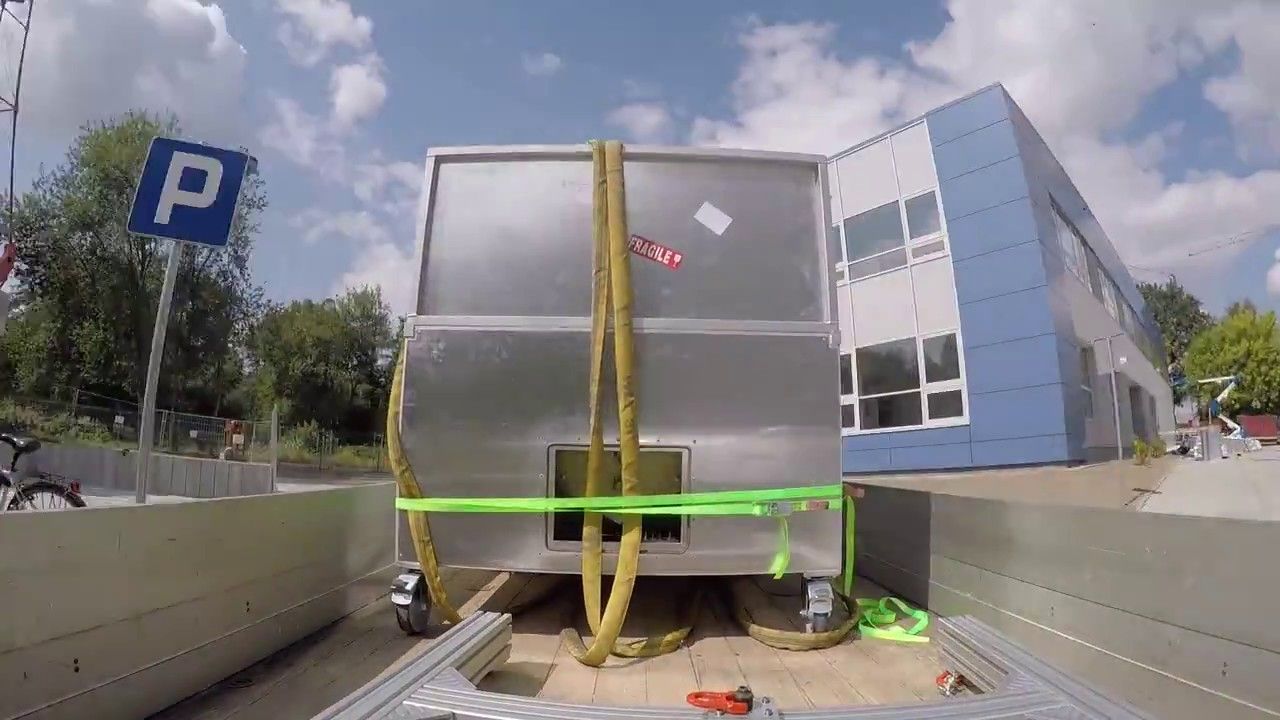
CTA Prototype Telescope, the SST-1M, Catches its First Glimpse of the Sky
On Thursday, 31 August, 2017, a prototype telescope proposed for the Cherenkov Telescope Array (CTA), the SST-1M, recorded its first events while undergoing testing at the Institute of Nuclear Physics Polish Academy of Sciences (IFJ-PAN) in Krakow, Poland. The SST-1M is proposed as one of CTA’s Small-Sized Telescopes (SSTs), which will cover the high end of CTA’s energy range, between about 1 and 300 TeV (tera-electronvolts).
A crew in Krakow worked for two days to install the camera on the telescope and spent another two days monitoring it to ensure it could be safely switched on in the high humidity conditions. Watch the camera installation in the video below.

Physics Just Made the Axe Cooler
https://youtube.com/watch?v=E9_9wmjK3j8
By swapping out the traditional wedge-shape for a lever, a new take on the 8,000 year old axe makes the tool more powerful. An added bonus is that the LeverAxe will never getting stuck in wood as it’s being used.
A video of a revised version of the axe has been making the rounds on the internet. The LeverAxe is a decided improvement on the tool that has served humanity (relatively unchanged) for 8,000 years. It uses physics to make the axe safer, more efficient, and that much cooler.
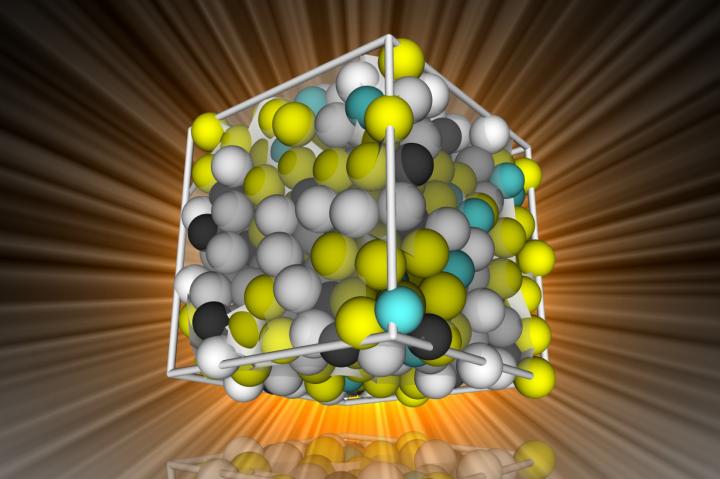
The critical point in breaking the glass problem
Famously described as ‘the deepest problem in solid state physics’ by Nobel Laureate, Philip Andersen, the glass transition, by which a liquid transforms into a solid without freezing, is shedding its mystique.
Until now, researchers’ understanding has been splintered at best, with mutually incompatible interpretations of the physical processes underlying the emergence of amorphous solids (glasses).
Now a team of scientists from the University of Bristol and Johannes Gutenberg Universität Mainz in Germany may have found the missing fragment, enabling the reconciliation of differing interpretations.
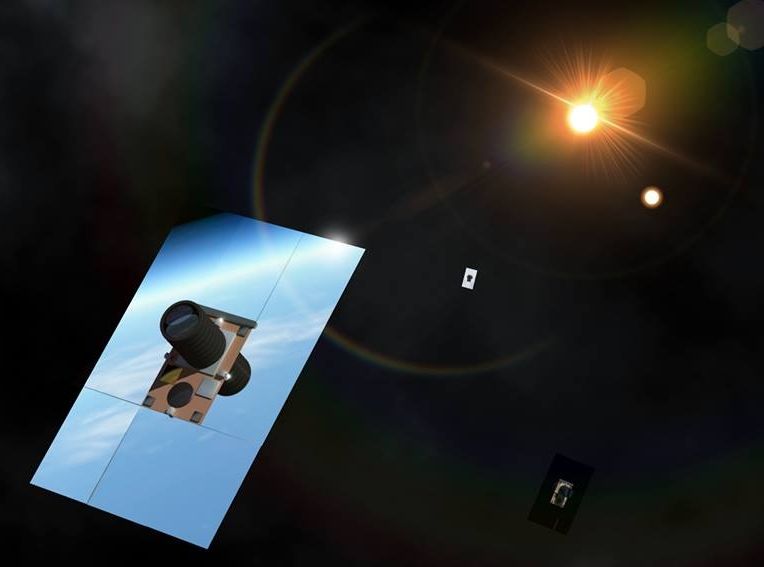
The Andromeda Study: A Femto-Spacecraft Mission to Alpha Centauri — Draft report finally published!!!
“This paper discusses the physics, engineering and mission architecture relating to a gram-sized interstellar probe propelled by a laser beam. The objectives are to design a fly-by mission to Alpha Centauri with a total mission duration of 50 years travelling at a cruise speed of 0.1c. Furthermore, optical data from the target star system is to be obtained and sent back to the Solar system. The main challenges of such a mission are presented and possible solutions proposed. The results show that by extrapolating from currently existing technology, such a mission would be feasible. The total mass of the proposed spacecraft is 23g and the space-based laser infrastructure has a beam power output of 15GW. Rurther exploration of the laser — spacecraft tradespace and associated technologies are necessary.”
https://arxiv.org/abs/1708.03556
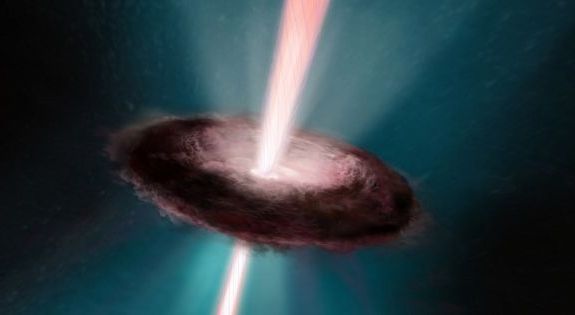
A Powerful Energy Beam in Space Seems to Exceed the Speed of Light
Strange beams of plasma that have been observed that seem to defy the laws of physics by moving faster than the speed of light.
In the Galaxy M87 (which was created when two other galaxies merged), a jet of hot plasma — caused by gas being sucked into a central black hole, being heated, and then shot out by magnetic fields — has been helping us gain insight into the weird origins of our galaxy. It is shaped like a thin beam and is emitted from the center of a black hole.
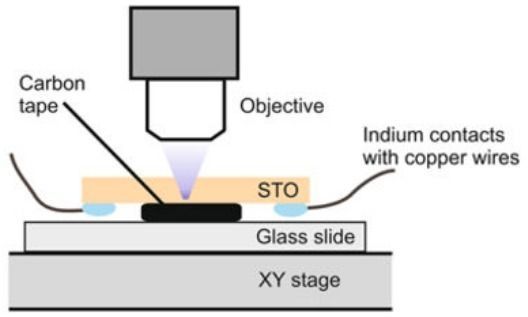
How to turn a crystal into an erasable electrical circuit
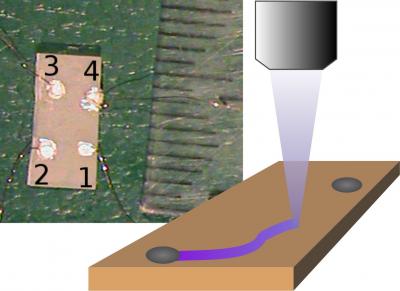
Washington State University (WSU) physicists have found a way to write an electrical circuit into a crystal, opening up the possibility of transparent, three-dimensional electronics that, like an Etch A Sketch, can be erased and reconfigured.
Ordinarily, a crystal does not conduct electricity. But when the researchers heated up crystal strontium titanate under the specific conditions, the crystal was altered so that light made it conductive. The circuit could be erased by heating it with an optical pen.


Physics of bubbles could explain language patterns
Language patterns could be predicted by simple laws of physics, a new study has found.
Dr James Burridge from the University of Portsmouth has published a theory using ideas from physics to predict where and how dialects occur.
He said: “If you want to know where you’ll find dialects and why, a lot can be predicted from the physics of bubbles and our tendency to copy others around us.
